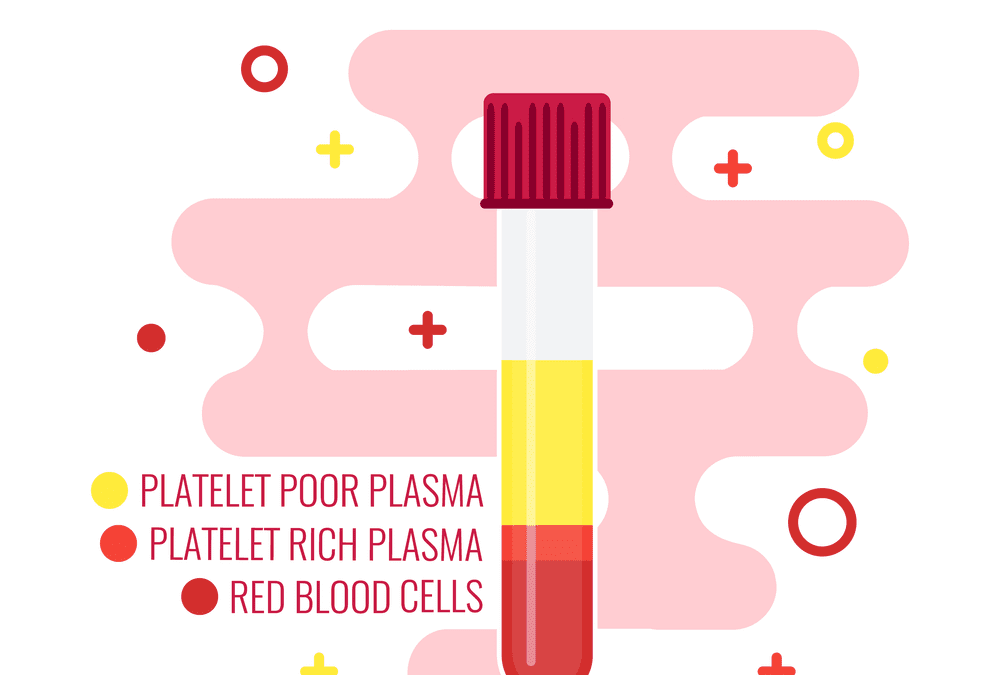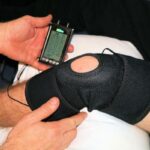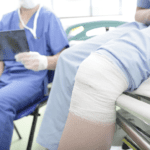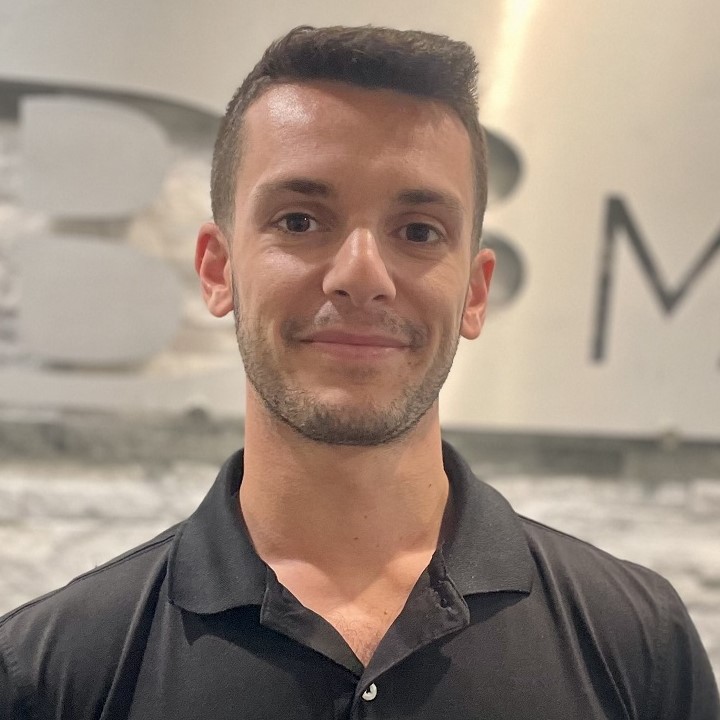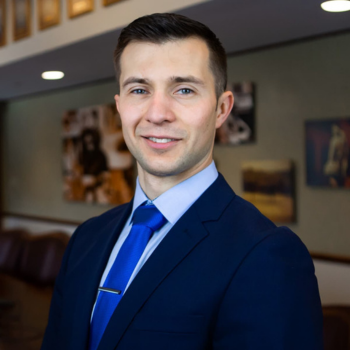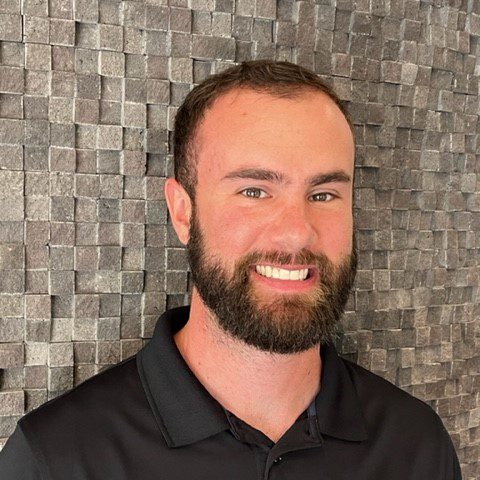B3 Medical of Tampa Florida proudly puts PRP injections to use to improve the health of our patients. If you’ve never had a PRP injection and are wondering what it can do for you, be prepared to be amazed. This incredible treatment is great for both acute and chronic maladies alike.
We’ll tell you everything you need to know about PRP, including what conditions it treats and how the process works.
What Is a PRP Injection?
A PRP injection is when PRP, or platelet-rich plasma, is administered to the body via injection. PRP is a natural way to stimulate healing in the body. It has a localized effect, meaning it must be delivered to the area that has been injured or is experiencing chronic pain.
The key ingredient that makes PRP so effective are the platelets. Platelets play several important roles in your body. Most notably, they encourage new cells to grow while removing old, damaged cells from the site of an injury.
PRP lets us take control of your body’s healing processes, accelerating them and getting you back on your feet faster.
What Is Platelet-Rich Plasma?
As its name implies, platelet-rich plasma is a volume of plasma with a high concentration of platelets. To produce PRP, all we do is extract a small amount of blood from a vein in your arm. From there, we spin it in a centrifuge, separating each component.
The machine then siphons off the platelets and some plasma. The process is repeated until the concentration of platelets reaches the target amount. This may vary from treatment to treatment. The whole production process takes about 15 minutes.
Is PRP Safe?
PRP treatment is quite possibly the safest form of intervention available. First of all, PRP is autologous, meaning it comes from your own body. There’s no need for donor material and the risks associated with receiving donated blood.
Secondly, when you compare PRP to surgical procedures, the outcomes are generally in favor of PRP. Granted, there are some cases that PRP cannot treat, such as severe ligament tears that require surgery. However, for milder issues, PRP reduces recovery time without the complications of surgery.
Best of all, it’s a great cure for chronic pain. Opioids and other pain relievers can have disastrous side effects. PRP, on the other hand, is entirely natural and encourages your body to heal you from within.
PRP’s Long History
PRP has been in use for well over 50 years. It was first used to help patients recover from open-heart surgery. However, it quickly spread to other areas once its restorative properties became clear.
By the 80s and 90s, PRP had made it into sports medicine. Numerous pro athletes receive PRP treatments to recover faster from injuries.
In the last decade, a large number of FDA-approved PRP treatments have emerged. Many of these are cosmetic treatments, using PRP as an anti-aging agent. It’s been used on everything from burn victims to ulcers to sprained ankles.
What Conditions Does PRP Treat?
Although we mentioned a wide variety of PRP treatments, at B3 we specialize in promoting functional movement and generating tissue health. PRP plays a major role in our injection protocols. This provides an alternative to surgical approaches and leads to longer-lasting results.
Sports Injuries
Whether you rolled an ankle playing basketball or took a bad tackle to the knee, a PRP injection can work wonders for your joints and ligaments. Joints in particular are known for taking a while to heal. There is generally less blood flow to the nooks and crannies of your joints, which slows healing.
By injecting PRP into the joint, we can promote the healing of individual ligaments and generally improve the range of motion and comfort of the entire joint.
Damaged Muscles
If you’ve had a partial or even complete muscle tear, PRP therapy can reduce your recovery time and even promote stronger muscle fibers as the injury heals. Whether you were hurt lifting weights or from a hyperextension playing sports, your outcome can be vastly improved with PRP.
Arthritis
Recent studies have boldly claimed that PRP should be the first line of defense against arthritis of all types. Osteoarthritis, the most common form, has remained troublesome to treat. There is no cure for arthritis, and most treatments are palliative in nature.
PRP may very well change that. Rheumatoid arthritis is another area of study currently, with early research showing that PRP can actually undo or halt the degenerative damage from arthritis.
This is due to PRP’s ability to trigger the production of new cells. Your body will replace aging cells with new ones, literally restoring the area to a better condition. While consistent treatment is recommended for arthritis, patients report improvement with each session.
Tendonitis
Damaged tendons can be difficult to treat due to their hypovascular nature. This means they don’t get very much blood flow. The typical advice is to simply rest, but for some people that just isn’t an option.
Using a PRP injection, we can get closer and encourage the body to heal the tendon directly. Thousands of athletes of all ages have received PRP treatment for tendonitis, and the results are consistently positive.
Other Treatments
As we alluded to, there are many other treatments that can utilize PRP. You can always ask if PRP could be right for your situation. Given its near-zero risk and high efficacy, it’s rarely ruled out and can be useful in a number of applications.
Don’t be afraid to bring up PRP next time you visit our offices. We trust in it and recognize its value. Now let’s look at what is involved with a PRP injection.
What Should You Expect From PRP Treatment?
The first step of the process is to separate platelets and plasma from your whole blood using the process we described above. Once this has been completed, we will draw the PRP into a syringe and prepare the site for injection.
We encourage a healthy diet in the days leading up to the treatment as this will ensure that your plasma is of top quality. Your body replenishes its plasma roughly every three days, so you should try to eat clean for that period prior to the treatment.
Depending on the nature of the problem, we may administer PRP to several sites with small injections. For deeper injections, we can provide a shot of anesthetic first to make the process more comfortable. Overall, you should be in and out in less than an hour!
Follow Up
PRP treatments can produce results very quickly, but some cases may require multiple treatments. Especially when dealing with chronic problems, repeat visits are necessary. Regardless, we’ll always book a follow-up appointment to make sure that your injection is having the desired effects, and we can evaluate if further treatment is necessary.
Contact Us for More Information
If you would like to know more about platelet-rich plasma injections and if they would be right for you, call B3 Medical of Tampa, FL. Our staff will happily explain the entire process to you and schedule an appointment to determine the best course of treatment for your situation. Come to the office where we do medicine right.
